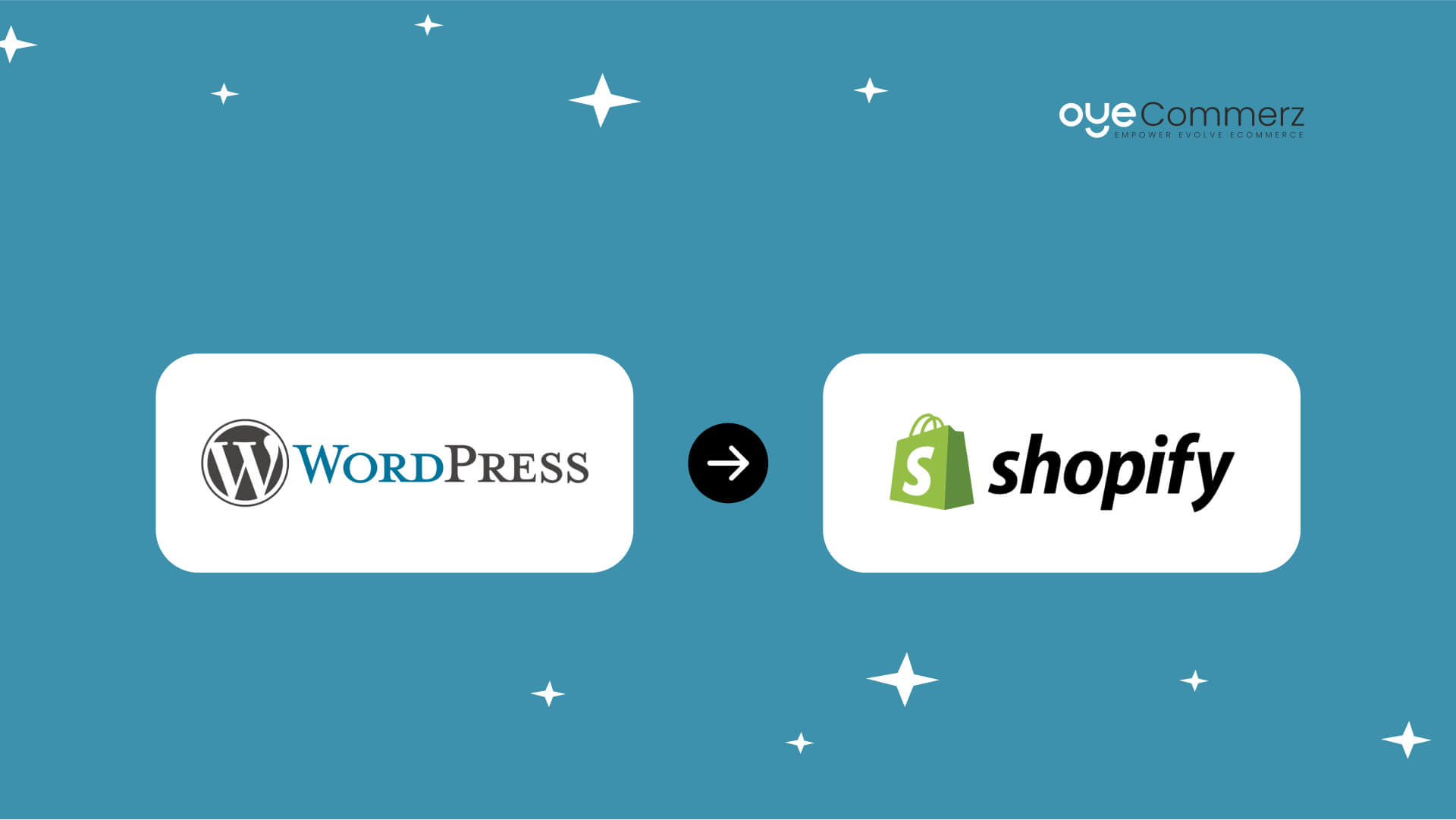The journey of an e-commerce business hinges on its ability to adapt, grow, and provide exceptional customer experiences.
Considering a move from WordPress to Shopify? You’re probably seeking advanced features, better scalability, and a forward-thinking platform.
Discover the critical steps, expert tips, and proven strategies for migrating to Shopify with minimal disruptions and maximum impact.
Introduction: Why Migrate from WordPress to Shopify?
While WordPress offers versatility, its reliance on multiple plugins often creates hurdles for scaling.
Built for e-commerce, Shopify delivers unmatched security, scalability, and tools tailored to retailers.
With over 4.5 million e-commerce websites using Shopify globally in 2024, it is a dominant force in the industry.
Switching to Shopify can unlock benefits in payment integrations, mobile optimization, and order management.
This is your detailed plan for a successful migration journey.
Step 1: Assess Your E-Commerce Needs
Start by reviewing your store’s current performance and identifying future needs.
Identify bottlenecks such as sluggish performance or excessive reliance on third-party tools.
For example, Shopify offers integrated features like Shopify Payments and customizable themes, reducing third-party tool dependency.
Step 2: Plan Your Migration Thoroughly
Without proper planning, your migration might result in errors or unnecessary business interruptions.
Prepare for a seamless move by addressing essential aspects like inventory details, customer databases, and sales records.
Leverage Shopify’s in-built tools and external integrations to handle data migration securely and efficiently.
Step 3: Tailor Your Shopify Experience
Shopify’s flexible themes allow you to reflect your brand identity seamlessly.
Browse the Shopify Theme Store for templates or modify them to enhance user experience.
Themes such as “Impulse” or “Prestige” deliver visually stunning layouts and powerful features.
If you’re an enterprise business, Shopify Plus customization takes your branding to the next level.
Oyecommerz specializes in crafting Shopify Plus themes that align with enterprise-level e-commerce needs.
Step 4: Migrate SEO Settings
A successful migration includes retaining your existing SEO structure to avoid losing search engine rankings.
Shopify offers URL redirection to ensure that your visitors land on the right pages.
Use Shopify’s built-in SEO tools to manage metadata and connect analytics platforms.
Studies show that overlooking SEO during migration often leads to a drop in site traffic.
Step 5: Integrate Essential Shopify Apps
Unlock advanced features for your store with Shopify’s rich selection of apps.
Enhance customer retention with tools like Klaviyo and Yotpo designed for email and review management.
Use Shopify API integrations to connect your store with external systems effortlessly.
Oyecommerz specializes in creating tailored integrations to meet your business's unique operational needs.
Step 6: Ensure Mobile-Friendliness
In 2024, mobile devices account for nearly 60% of online transactions, making optimization essential.
Shopify themes are inherently mobile-responsive, providing a consistent shopping experience across all devices.
Simplify the checkout process for mobile users with Shopify’s secure payment tools like Shop Pay.
Focus on streamlined navigation and speed to maximize mobile sales potential.
Step 7: Empower Your Team with Shopify Training
Training your team to navigate Shopify ensures they maximize its features effectively.
Ensure your team knows how to handle inventory, process orders, and analyze reports.
Well-trained staff can make the most of Shopify’s features, improving overall store efficiency.
Step 8: Verify Store Readiness Pre-Launch
Test your store rigorously to ensure all systems function smoothly before Shopify for WordPress users launching.
Check for broken links, missing redirects, and accurate product details.
Test your payment systems and confirm the checkout process works seamlessly across platforms.
A well-tested store provides users with a flawless shopping experience from the start.
Step 9: Promote Your Migration Strategically
Turn your platform switch into a marketing event to attract attention and retain customers.
Send personalized emails and post updates on social media to announce your improved store.
Showcase features like faster load times and a secure checkout to build trust and excitement.
Conclusion: Empower Your Business with Shopify
Switching to Shopify is not just a migration; it’s a leap toward long-term success.
From scalability to intuitive tools, Shopify equips your store to thrive in competitive markets.
For businesses of any size, Shopify offers unparalleled support for achieving e-commerce goals.
Partnering with Oyecommerz ensures a smooth migration with minimal disruption to your operations.
Our Shopify migration services help unlock your store’s full potential while Shopify store enhancements ensuring a hassle-free experience.
Take the next step in transforming your store—contact us to start your Shopify migration today.
